Dental care for your pet
I’ve had dogs all of my life and fortunately, I have never and hope to never (crossing my fingers) deal with dental problems with Jake and Maggie or any future animals I may adopt. But many have and what does this all mean for you and your pet. Animals hide their pain well and sometimes we don’t even know anything is wrong. A bad tooth can become infected and the infection can spread through the blood stream causing severe pain, sickness, or even death.
Here I talk about the number of teeth in a dog’s mouth, the ways to keep your dog’s teeth clean, and the number of bacteria your pet is carrying in his mouth.
“Jake and Maggie are playing together in these pictures and it gave me an opportunity to snap pictures of their teeth for the blog”. “It was perfect timing” :-). “These are some white teeth…probably because of all the Nylabones I give them to chew on”!
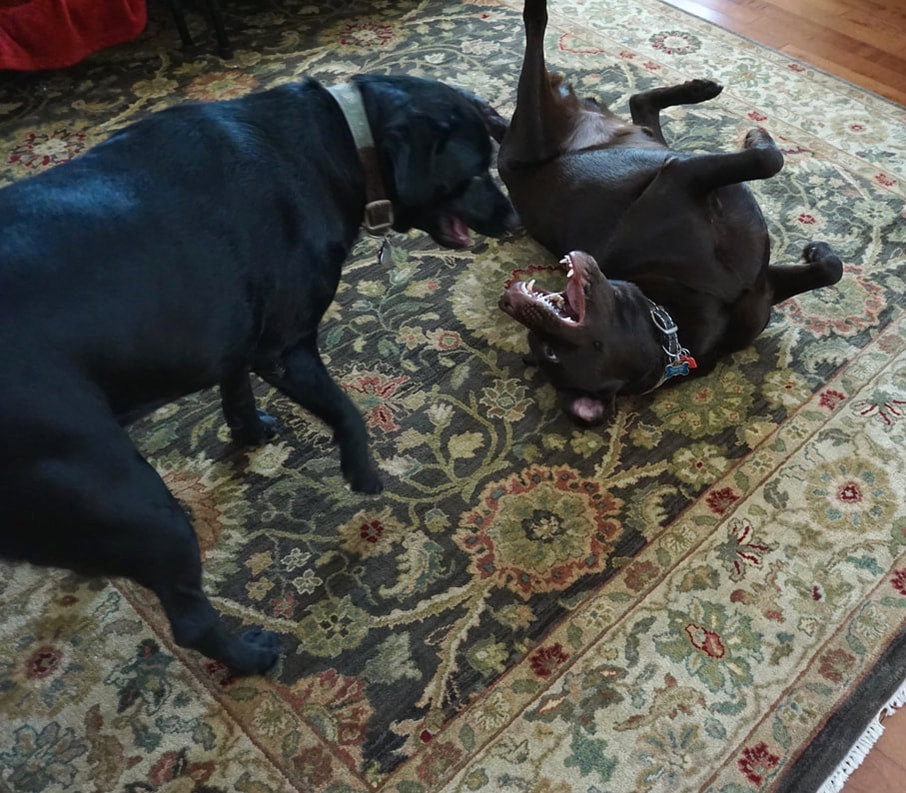
Your pet’s teeth should be checked at least once a year by your veterinarian for early signs of a problem and to keep your pet’s mouth healthy. If you see any reason to have them checked earlier, make an appointment right away.
Reasons to make that call:
- bad breath
- broken or loose teeth
- extra teeth or retained baby teeth
- teeth that are discolored or covered in tartar
- abnormal chewing, drooling, or dropping food from the mouth
- reduced appetite or refusal to eat
- pain in or around the mouth
- bleeding from the mouth
- swelling in the areas surrounding the mouth
- Some pets become irritable when they have dental problems, and any changes in your pet’s behavior should prompt a visit to your veterinarian. Always be careful when evaluating your pet’s mouth, because a painful animal may bite.
Causes of pet dental problems:
Did you know pets can get cavities? Although cavities are less common in pets, your pet can have many of the same dental problems that people can develop:
- broken teeth and roots
- periodontal disease
- abscesses or infected teeth
- cysts or tumors in the mouth
- malocclusion, or misalignment of the teeth and bite
- broken (fractured) jaw
- palate defects (such as cleft palate)
Periodontal disease is the most common dental condition in dogs and cats – by the time your pet is 3 years old, he or she will very likely have some early evidence of periodontal disease, which will worsen as your pet grows older if effective preventive measures aren’t taken. Early detection and treatment are critical, because advanced periodontal disease can cause severe problems and pain for your pet. Periodontal disease doesn’t just affect your pet’s mouth. Other health problems found in association with periodontal disease include kidney, liver, and heart muscle changes.
It starts with plaque that hardens into tartar. Tartar above the gumline can often easily be seen and removed, but plaque and tartar below the gumline is damaging and sets the stage for infection and damage to the jawbone and the tissues that connect the tooth to the jaw bone. Periodontal disease is graded on a scale of 0 (normal) to 4 (severe).
The treatment of periodontal disease involves a thorough dental cleaning and x-rays may be needed to determine the severity of the disease. Your veterinarian or a board-certified veterinary dentist will make recommendations based on your pet’s overall health and the health of your pet’s teeth, and provide you with options to consider.

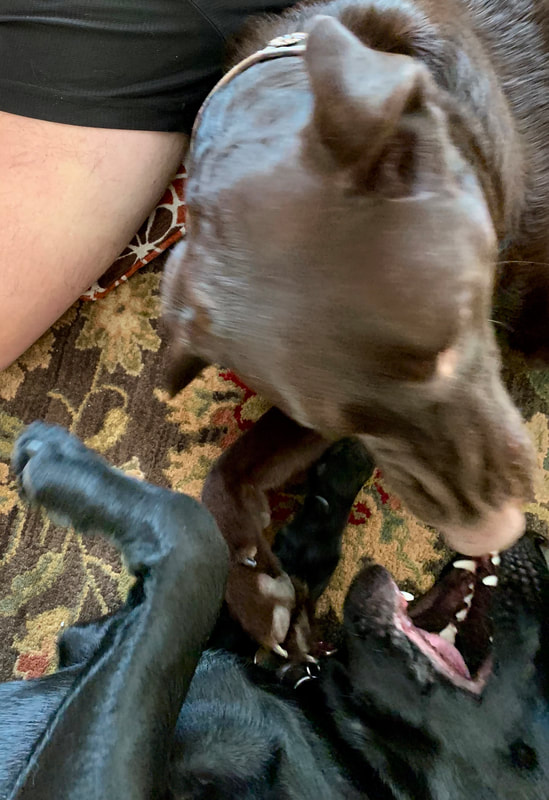
- Dog toothpaste usually comes in a delicious chicken or peanut butter flavor.
- Second, you can use either a canine toothbrush or a brush that fits over your fingertip. Ask your veterinarian about what’s best, and see what you and your dog prefer.
- Make sure to use toothpaste formulated specifically for dogs; human toothpaste often contains ingredients like xylitol, which is toxic to dogs.
Dog Tooth Wipes
For those that are unable to brush teeth or simply want to switch up their cleaning techniques, tooth wipes are a great solution. Tooth wipes are made to be rubbed against your dog’s teeth to help remove plaque. They work similarly to toothbrushes, but are not able to get into the tiny nooks and crannies that a brush does. Still, they are a great way to clean your pet’s teeth and are often easier to manage than a toothbrush with toothpaste.
Dog Dental Treats
Dogs love treats, and dental treats are a very good way to improve your pup’s dental health. These treats are made specifically to remove plaque buildup and often contain ingredients that freshen breath and clean your dog’s mouth.
Dog Chews
There are hundreds of different types of chews, but almost all of them have teeth-cleaning properties. The act of chewing actually benefits your dog’s oral health, in and of itself, regardless of what is being chewed on. The gnawing scrapes plaque off your dog’s teeth, and many all-natural treats made from meat contain enzymes that help promote dental health.
Professional Cleanings
Perhaps the best way to ensure your dog’s oral health is to have him undergo a professional cleaning by a veterinarian.

The Four Types of Teeth
Here’s a breakdown of the four types. All four types serve a different purpose.
Incisors – The small teeth in the front of your dog’s mouth, used to tear meat from a bone and for self-grooming. Your dog has a total of 12 incisors, six on the top and six on the bottom.
Canines – These are the pointy teeth on the top and bottom of both sides of the mouth, sometimes referred to as “fangs.” These four teeth, two on top and two on the bottom, are used to puncture and hold on to something and are what make dogs so good at tug-of-war.
Premolars – Located behind the canine teeth, these 16 teeth (eight on top and eight on the bottom) are used for shearing. If you catch your dog chewing on something with the side of his mouth, he’s using his premolars.
Molars – These flat, heavy-duty teeth are found in the back of the mouth and are used for grinding and chewing. You’ll find four molars on the top of your dog’s mouth and six on the bottom.
“This is my boy, Jake, just enjoying life, chewing on his Nylabone”. “He is famous for giving me this look when I put the camera in his face”. haa haa
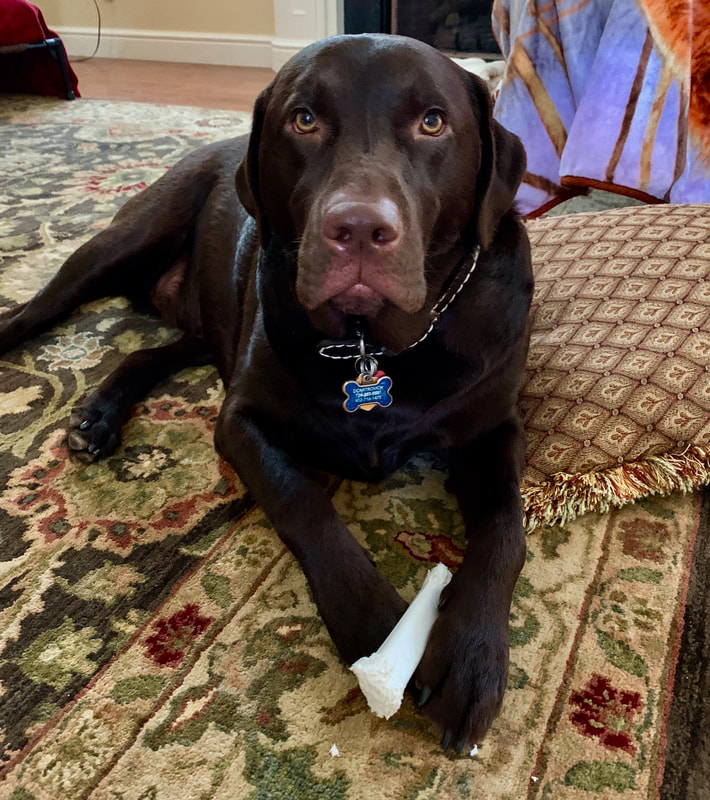
You’ve probably heard the expression “a dog’s mouth is cleaner than a human’s mouth” but have you ever wondered if it is actually true? Honestly, I have wondered!
Comparing a dog’s mouth to a human’s mouth is “like comparing apples and oranges,” according to Colin Harvey, a professor at the University of Pennsylvania’s School of Veterinary Medicine and the executive secretary at the American Veterinary Dental College. This is because both dog and human mouths are full of microbes. While there is some overlap in the types of bacteria between species, there are also a host of different dental bacteria in your dog’s mouth that you won’t find in yours.
The bacterial family known for causing periodontal disease in humans and dogs is called Porphyromonas. Researchers discovered that dogs have a type of Porphyromonas called P. gulae, whereas human mouths contain its relative, P. gingivalis. Both bacteria are what most of us would consider “dirty,” and can cause problems for dog and human teeth.
Dogs have more than 600 different types of bacteria in their mouths, which is a similar number to the 615 and counting types of bacteria Harvard researchers have found in human mouths. These bacteria can also be joined by other bacteria that we (humans and dogs) pick up from our environments, adding to the mix.
Can Humans Get Dog Germs?
Most of the bacteria in your dog’s mouth are not zoonotic, which means you probably won’t get a disease from a big old doggy kiss. There are exceptions to this. Dogs that are fed a raw diet are at an increased risk of contracting salmonella, which can be spread to humans, and you really don’t want to share kisses with a dog that regularly raids the litter box.
Can Dog Saliva Heal Wounds?
The act of licking, alone, offers some benefits to wound healing. The tongue removes dirt and debris from the wound site, which lowers the risk of contamination and infection. Of course, too much licking can lead to self-trauma, as in the case of hot spots, and can actually make things much worse.
But what about the saliva itself?
As it turns out, there are certain proteins in saliva called histatins that can ward off infection, and further research has revealed that there are other beneficial chemical compounds in saliva that can help protect cuts from bacterial infections. There is even more evidence that suggests licked wounds heal twice as fast as unlicked wounds.
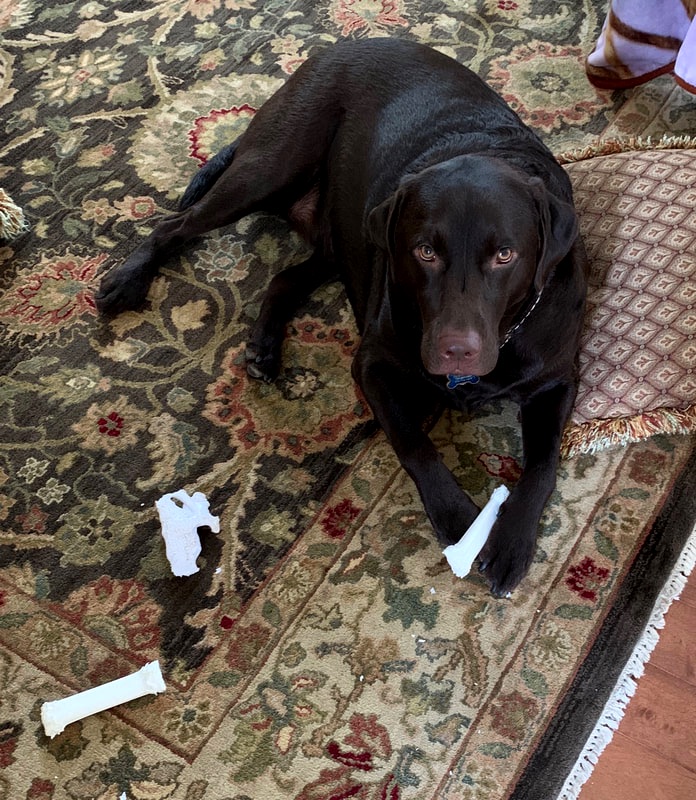
Animals can get the same ailments that humans do. That’s why it is so important to take care of them. We all know something small, if not taken care of properly, can turn into something worse. In speaking to one of my vets, I learned something new and I’ll share this with you.
Dogs can get small hairs, shards of twigs, dirt, and blades of grass stuck up under their gum line causing swollen gums, bacterial infections, or worse if not property removed. If you check your pets teeth and you see anything stuck, such as a small hair, take a napkin or your fingernail, press against the tooth and the piece that is stuck and slide your thumb down the tooth releasing the hair. If your dog is licking a lot, they can easily get a small hair stuck up under their gum line.
I hope you found this blog as interesting as I did. I was excited to share it with you because I’m one of those people that always titled their head when someone said my dog’s mouth is cleaner than mine!

You Might Also Like
Help Jasmine Get Adopted!
Jasmine A sweet pitbull named Jasmine is sitting at the Hancock County Animal Shelter waiting for adoption. My cousin adopted Jasmine from this shelter two years ago. Sadly, my cousin passed away recently, and the police were instructed to take Jasmine directly...
What Is A Velcro Dog?
Happy Wednesday, everyone! Today we are asking…What Is A Velcro Dog? All dogs have different cuddling styles and ways of showing affection. Jake loved being near me, and his favorite spot was on the couch, lying with his head in my lap while I massaged his ears and...
Cancer In Dogs
Happy Wednesday, everyone. Today, we're discussing cancer in dogs and what to look for. But first, I want to give a big thank you to all of you who called, sent texts, emails, and cards over Jake’s passing. Mr. TAL and I received messages from all over the world,...

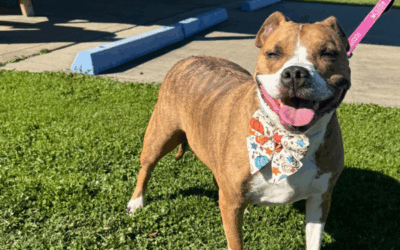

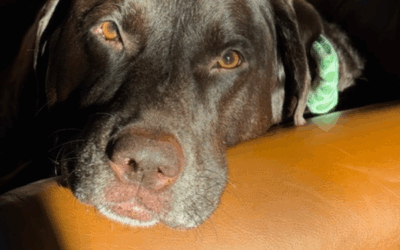
0 Comments